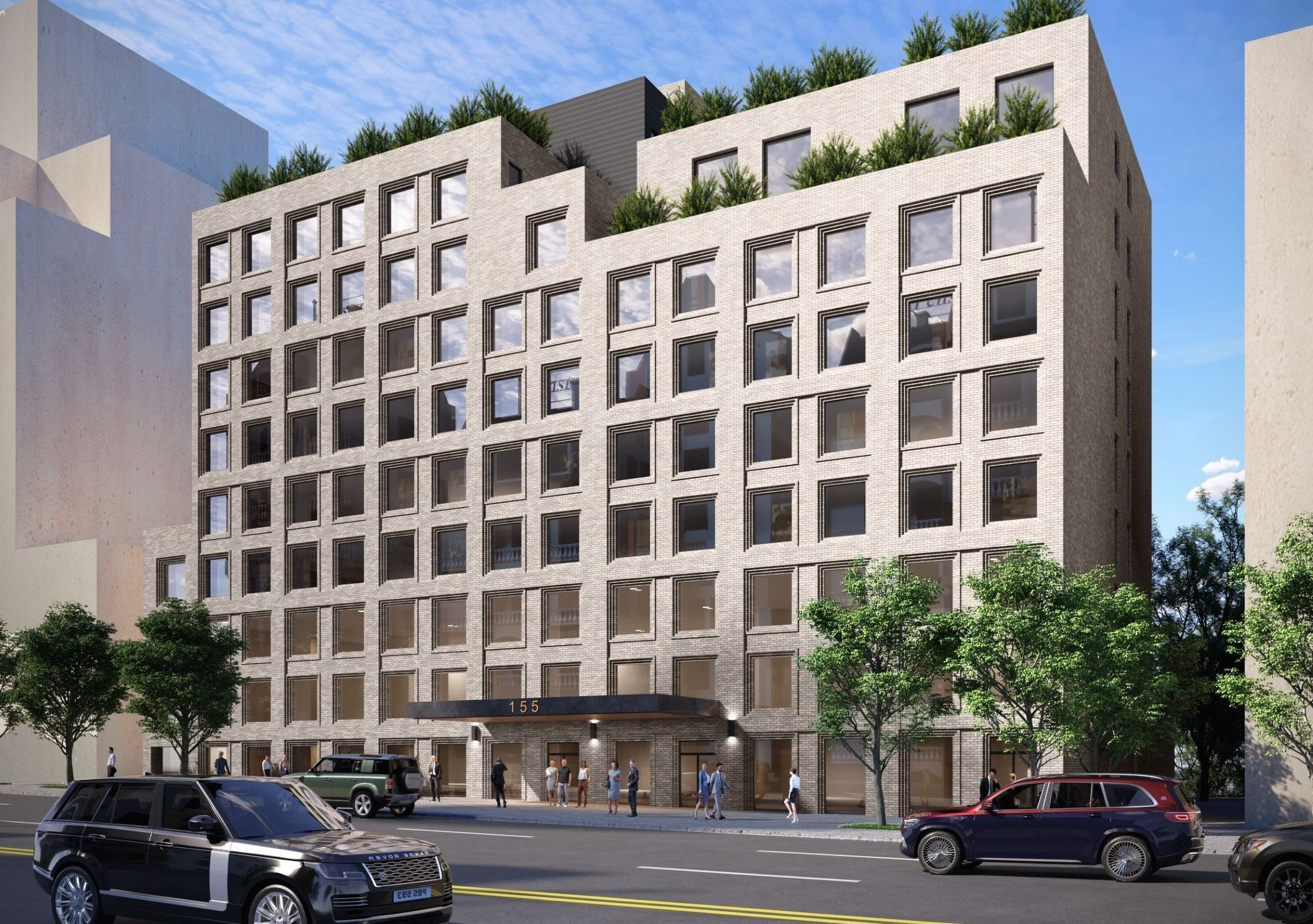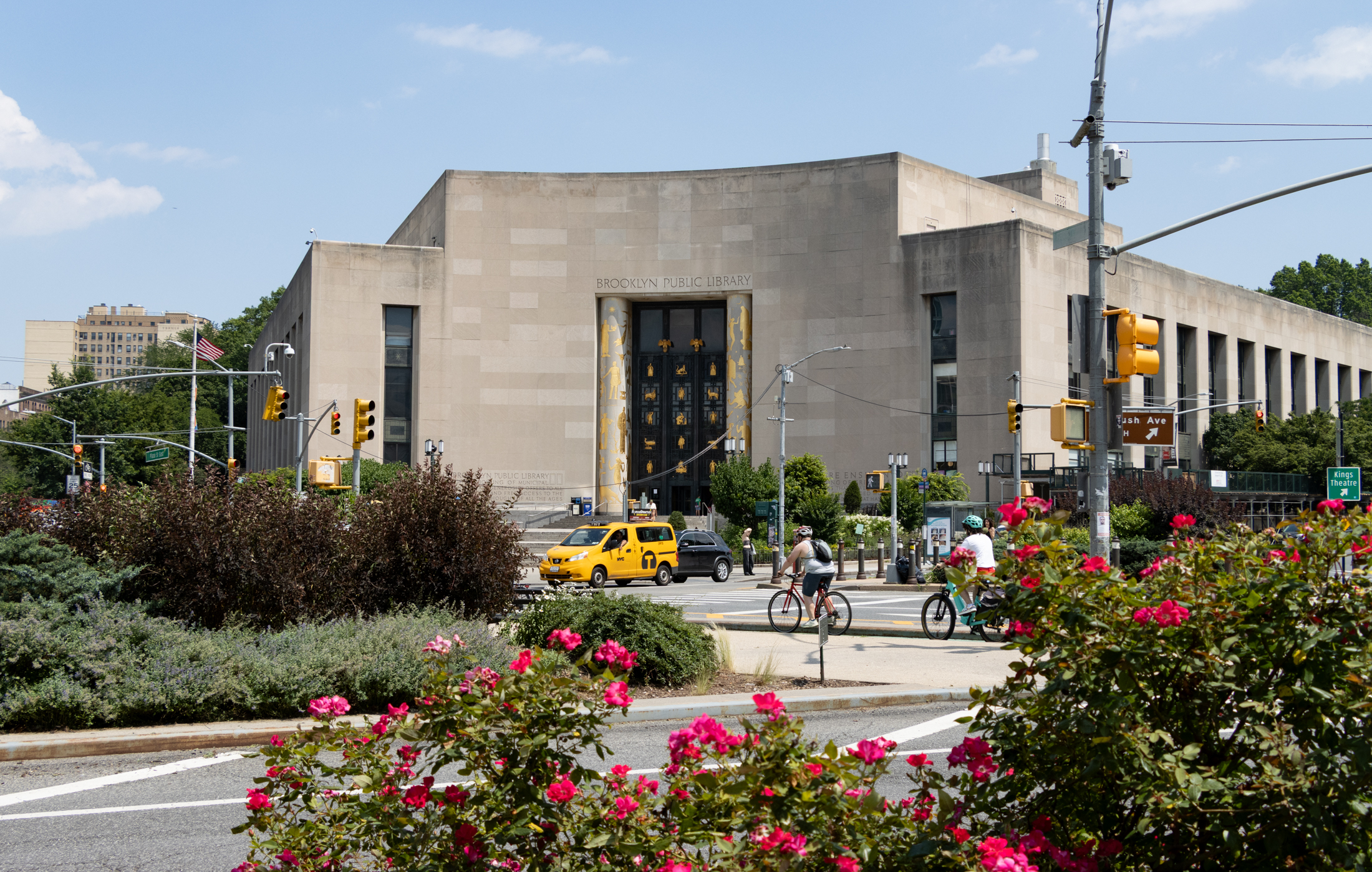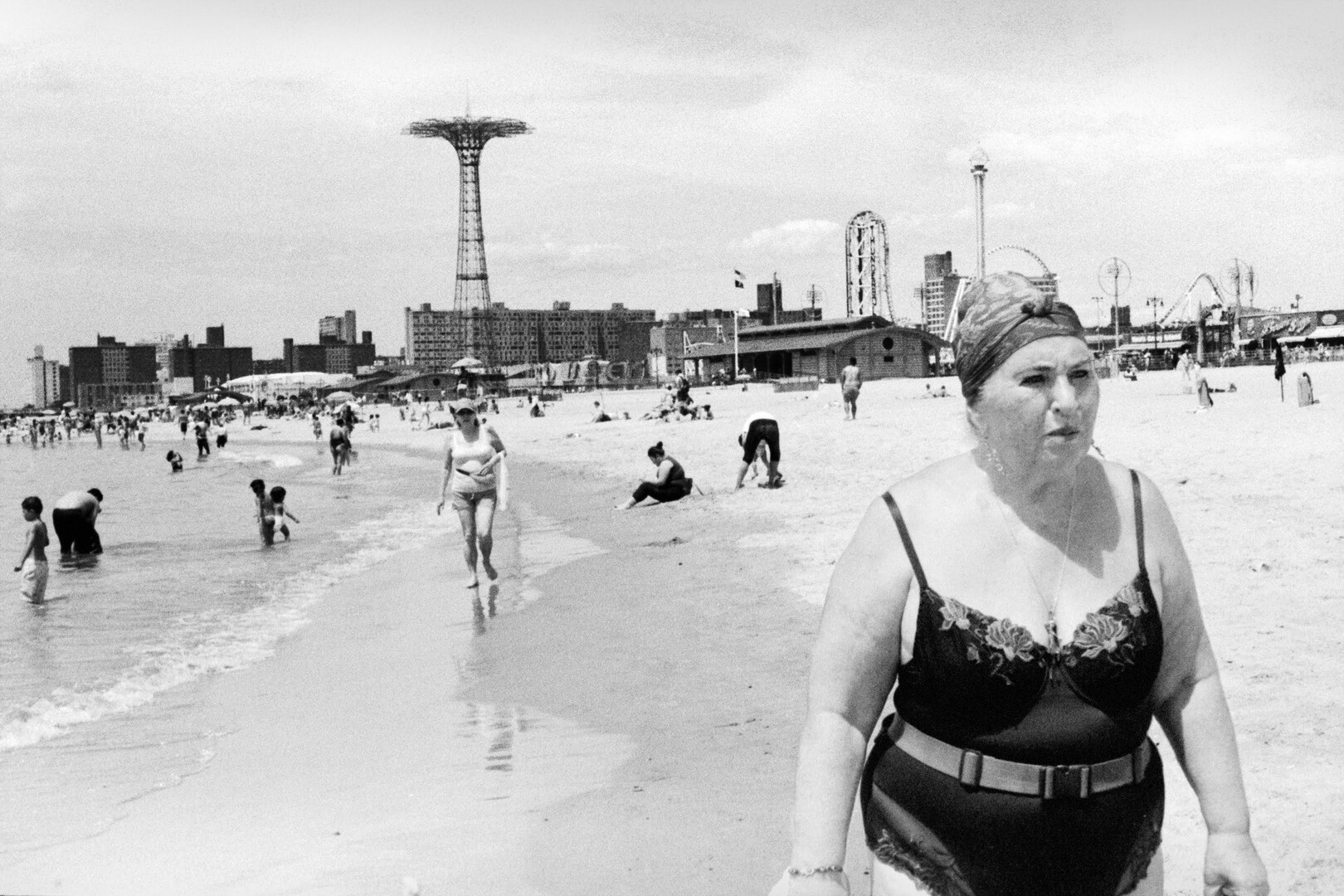Drowning In Data: Market Report Season
It’s market report morning around here. Halstead, Corcoran and Elliman all released their fourth quarter (or, in Halstead’s case, second half) Brooklyn reports. Overall, the news was decent on a year-over-year basis and a little weak versus the third quarter, but the latter trend is typical. As always, results varied by neighborhood, with Brooklyn Heights…
It’s market report morning around here. Halstead, Corcoran and Elliman all released their fourth quarter (or, in Halstead’s case, second half) Brooklyn reports. Overall, the news was decent on a year-over-year basis and a little weak versus the third quarter, but the latter trend is typical. As always, results varied by neighborhood, with Brooklyn Heights and surrounding areas turning in the strongest numbers. You can check out all three posts on the links below:
Halstead: Second Half Prices Show Big Uptick
Corcoran’s 4Q Data Sending Mixed Messages
Elliman: Prices Up, Sales Down in 4th Quarter





Broker/brownie conclusions are all bullshit.
Follow NYC Case-Shiller, next reading this Tuesday. Index went up like Brooklyn market, it’ll go down accordingly. Slight two year lag or so but definitely in line (YOY up, MOM/QOQ going down like the data in above bullshit reports). YOY follows MOM/QOQ.
Economy’s still going to shit. Only the stock market is going up along with double digit P/E’s. Commodity inflation is murdering margins. Fraudclosure aint going away (banks now suing banks!). Sovereigns and Muni’s are functionally bankrupt!
Oh oh shit shit double double dip dip!
***Bid bid half half off off peak peak comps comps***
They are also reporting their numbers, not the market numbers. That’s why Halstead shows increases (relatively new to brooklyn, except in Willamsburg where they’ve handled new developments), compared with say Corcoran. I don’t want to say these reports are completely useless (they are good to gauge how well a brokerage firm did in a specific quarter), but I think people (Mr. B included) are completely misunderstanding these reports as “what’s going on in the market.” They’re not. It would be like reading my 5th grade essay on what I did last summer, and using it to extrapolate on weather and activities in the region.
Yes I’m aware of that.
There were 17 single family sales in 2010 and 5 in 2009. Proves my point even more strongly.
At least in Brooklyn Heights, the market is so small, and the pricing differential between single and 2/3 family neglible, that I think it’s more useful to look at all 1,2,3 family houses together.
In order to make the date more reliable, the brokers should compile more information. The kind of volatility shown by these brokers makes me wonder if we can draw any conclusion as to the strength of the market.
They’re only looking at single-family houses, your report includes 1-, 2- and 3-family townhouses.
Anyway, these reports are close to useless to gauge the market. It shows what sold in the previous quarter, and how it compares with other quarters. Great! Does it mean anything about prices? No.
For Corcoran’s zone that includes Brooklyn Heights, they say “Single-family townhouse sales rose 79% in median price from a year ago but are skewed due to a low number of sales.”
I don’t know about the rest of the zone but house sales doubled in Brooklyn Heights for 2010 vs. 2009.
Here’s my analysis for 1,2,3 families in the Heights:
Year # Chg AvgPSF Chg Med Chg Avg Chg
—- — —– —— —- —— —- —— —-
2010 24 118% $ 924 19% $2.985 – 7% $3.362 10%
2009 11 – 27% $ 779 -22% $3.200 -14% $3.062 -21%
2008 15 7% $1000 8% $3.700 7% $3.882 4%
2007 14 – 36% $ 922 3% $3.450 21% $3.734 23%
2006 22 – 4% $ 895 9% $2.860 7% $3.034 3%
2005 23 28% $ 822 18% $2.675 15% $2.959 26%
2004 18 0% $ 695 20% $2.325 35% $2.347 22%
2003 18 n/a $ 579 n/a $1.719 n/a $1.923 n/a
# = number of sales
Cng = year-over-year percentage change
AvgPSF = average sales price per square foot
Med = median sales price (in millions)
Avg = average sales price (in millions)
source: NYC DoF rolling sales updates and ACRIS
Halstead and Corcoran show diametrically opposing results for some neighborhoods. Very confusing.